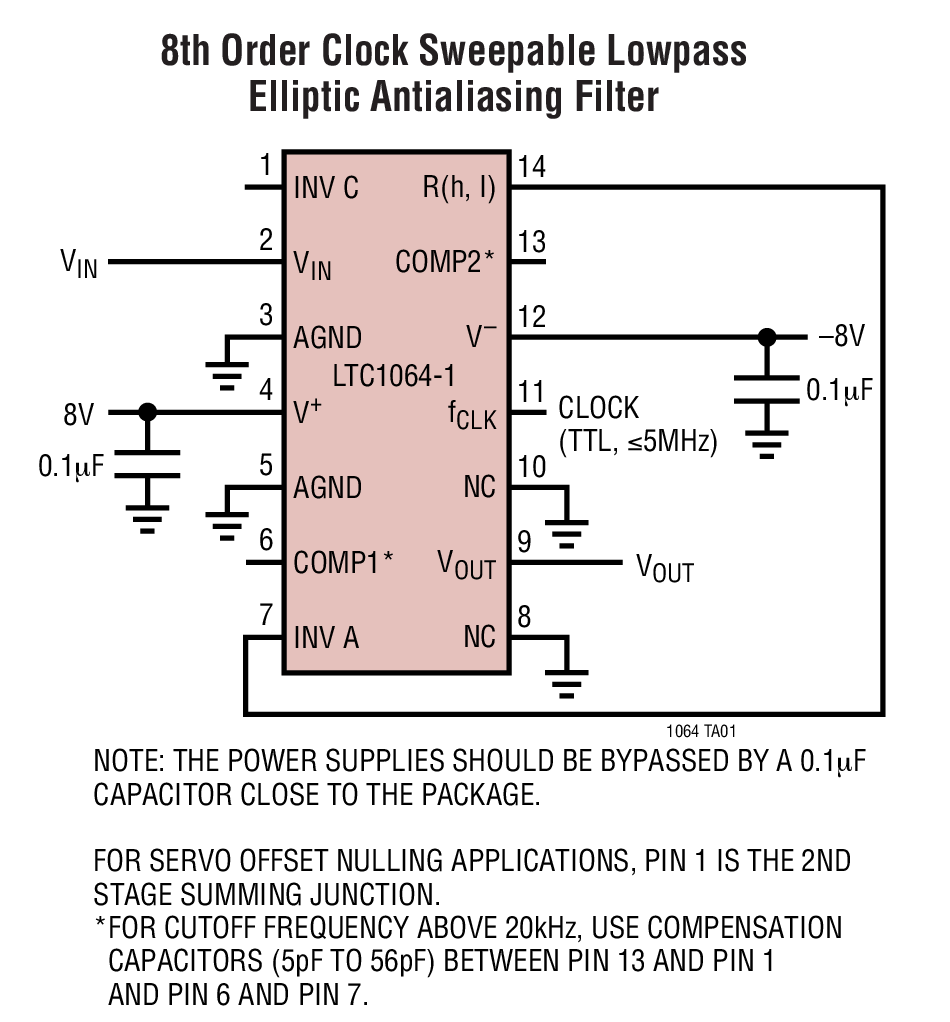The potential problem you are going to see when using using digipots in a sallen key low pass filter is capacitive feed-through ruining the high frequency rejection response. If you examine the data sheet (of say the AD5206), it states the capacitance on each node is about 50 pF.
50pF and 100k ohm have the same impedance at about 32 kHz so this could severely impact the filter's rejection characteristic. This needs considering.
Temperature also needs considering; when used as a rheostat, a digipot has a very poor temperature stability (usually). Again, looking at the data sheet for the AD5206, the tempco is 700 ppm/degC i.e. terrible (or not too bad) depending on your target performance requirements! This could swing your filter's response around quite a bit so please do consider it.
So now, you've been told about digital pots and now you must consider whether the problems I've pointed out are a worser evil than the noise produced by a switched capacitor filter. Do some research on this and try to understand whether the noise is likely to degrade your performance expectations.
Switched capacitor filters also can have significant pass-band ripple (maybe +/- 0.5 dB) so it's another thing to note.
Multiplying DACs can be very good but trying to find several of these to fit in such a small room might be the biggest hurdle. INL (integral non-linearity) performance could be a showstopper in that the straight-line linearity of some DACs may not be as accurately predictable as you think they should be.
I've just been looking at a similar job and I would consider this device: -

